1. Alstrup KK, Gregersen S, Jensen HM, Thomsen JL, Hermansen K. Differential effects of cis and trans fatty acids on insulin releases from isolated mouse islets. Metabolism. 1999; 48:22–29. PMID:
9920140.
2. Baer DJ, Judd JT, Clevidence BA, Tracy RP. Dietary fatty acids affect plasma markers of inflammation in healthy men fed controlled diets: a randomized crossover study. Am J Clin Nutr. 2004; 79:969–973. PMID:
15159225.

3. Baylin A, Campos H. The use of fatty acid biomarkers to reflect dietary intake. Curr Opin Lipidol. 2006; 17:22–27. PMID:
16407712.

4. Bazan NG, Rodriguez de Turco EB, Gordon WC. Pathways for the uptake and conservation of docosahexaenoic acid in photoreceptors and synapses: biochemical and autoradiographic studies. Can J Physiol Pharmacol. 1993; 71:690–698. PMID:
8313233.

5. Bernal CA, Rovira J, Colandré ME, Cussó R, Cadefau JA. Effects of dietary cis and trans unsaturated and saturated fatty acids on the glucose metabolites and enzymes of rats. Br J Nutr. 2006; 95:947–954. PMID:
16611385.
6. Cao JJ, Arnold AM, Manolio TA, Polak JF, Psaty BM, Hirsch CH, Kuller LH, Cushman M. Association of carotid artery intima-media thickness, plaques, and C-reactive protein with future cardiovascular disease and all-cause mortality: the Cardiovascular Health Study. Circulation. 2007; 116:32–38. PMID:
17576871.
7. Chamiot-Clerc P, Renaud JF, Safar ME. Pulse pressure, aortic reactivity, and endothelium dysfunction in old hypertensive rats. Hypertension. 2001; 37:313–321. PMID:
11230291.

8. Ciubotaru I, Lee YS, Wander RC. Dietary fish oil decreases C-reactive protein, interleukin-6, and triacylglycerol to HDL-cholesterol ratio in postmenopausal women on HRT. J Nutr Biochem. 2003; 14:513–521. PMID:
14505813.

9. Colandré ME, Diez RS, Bernal CA. Metabolic effects of trans fatty acids on an experimental dietary model. Br J Nutr. 2003; 89:631–639. PMID:
12720583.
10. Edmond J, Higa TA, Korsak RA, Bergner EA, Lee WN. Fatty acid transport and utilization for the developing brain. J Neurochem. 1998; 70:1227–1234. PMID:
9489745.

11. Engler MM, Engler MB, Pierson DM, Molteni LB, Molteni A. Effects of docosahexaenoic acid on vascular pathology and reactivity in hypertension. Exp Biol Med. 2003; 228:299–307.

12. Erkkilä AT, Lichtenstein AH, Mozaffarian D, Herrington DM. Fish intake is associated with a reduced progression of coronary artery atherosclerosis in postmenopausal women with coronary artery disease. Am J Clin Nutr. 2004; 80:626–632. PMID:
15321802.

13. Folkow B. "Structural factor" in primary and secondary hypertension. Hypertension. 1990; 16:89–101. PMID:
2365448.

14. Friedewald WT, Levy RI, Fredrickson DS. Estimation of the concentration of low-density lipoprotein cholesterol in plasma, without use of the preparative ultracentrifuge. Clin Chem. 1972; 18:499–502. PMID:
4337382.

15. Halvorsen B, Rustan AC, Madsen L, Reseland J, Berge RK, Sletnes P, Christiansen EN. Effect of long-chain monounsaturated and n-3 fatty acids on fatty acid oxidation and lipid composition in rats. Ann Nutr Metab. 2001; 45:30–37. PMID:
11244185.
16. Holness MJ, Greenwood GK, Smith ND, Sugden MC. Diabetogenic impact of long-chain omega-3 fatty acids on pancreatic beta-cell function and the regulation of endogenous glucose production. Endocrinology. 2003; 144:3958–3968. PMID:
12933670.
17. Hulbert AJ, Turner N, Storlien LH, Else PL. Dietary fats and membrane function: implications for metabolism and disease. Biol Rev Camb Philos Soc. 2005; 80:155–169. PMID:
15727042.

18. Ibrahim A, Natrajan S, Ghafoorunissa R. Dietary trans-fatty acids alter adipocyte plasma membrane fatty acid composition and insulin sensitivity in rats. Metabolism. 2005; 54:240–246. PMID:
15789505.

19. Idris CA, Sundram K. Effect of dietary cholesterol, trans and saturated fatty acids on serum lipoproteins in non-human primates. Asia Pac J Clin Nutr. 2002; 11:408–415.
20. Jang IS, Hwang DY, Chae KR, Lee JE, Kim YK, Kang TS, Hwang JH, Lim CH, Huh YB, Cho JS. Role of dietary fat type in the development of adiposity from dietary obesity-susceptible Sprague-Dawley rats. Br J Nutr. 2003; 89:429–437. PMID:
12628037.

21. Kavanagh K, Jones KL, Sawyer J, Kelly K, Carr JJ, Wagner JD, Rudel LL. Trans fat diet induces abdominal obesity and changes in insulin sensitivity in monkeys. Obesity (Silver Spring). 2007; 15:1675–1684. PMID:
17636085.

22. Kim YI, Lee JI, Kim SS, Park GH, Lee JS, Jang SC. Back WG, editor. The pathology of biopsy. 1995. Seoul. Korea: Komoonsa;p. 11–95.
23. Lichtenstein AH, Erkkilä AT, Lamarche B, Schwab US, Jalbert SM, Ausman LM. Influence of hydrogenated fat and butter on CVD risk factors: remnant-like particles, glucose and insulin, blood pressure and C-reactive protein. Atherosclerosis. 2003; 171:97–107. PMID:
14642411.

24. Lopez-Garcia E, Schulze MB, Meigs JB, Manson JE, Rifai N, Stampfer MJ, Willet WC, Hu FB. Consumption of trans fatty acids is related to plasma biomarkers of inflammation and endothelial dysfunction. J Nutr. 2005; 135:562–566. PMID:
15735094.

25. Lu SC, Lin MH, Huang PC. A high cholesterol, (n-3) polyunsaturated fatty acid diet induces hypercholesterolemia more than a high cholesterol, (n-6) polyunsaturated fatty acid diet in hamsters. J Nutr. 1996; 126:1759–1765. PMID:
8683336.
26. Mahmud I, Hossain A, Hossain S, Hannan A, Ali L, Hashimoto M. Effects of Hilsa ilisa fish oil on the atherogenic lipid profile and glycemic status of streptozotocin-treated type 1 diabetic rats. Clin Exp Pharmacol Physiol. 2004; 31:76–81. PMID:
14756688.
27. Merchant AT, Kelemen LE, de Koning L, Lonn E, Vuksan V, Jacobs R, Davis B, Teo KK, Yusuf S, Anand SS. SHARE and SHARE-AP investigators. Interrelation of saturated fat, trans fat, alcohol intake, and subclinical atherosclerosis. Am J Clin Nutr. 2008; 87:168–174. PMID:
18175752.

28. Morgado N, Rigotti A, Valenzuela A. Comparative effect of fish oil feeding and other dietary fatty acids on plasma lipoproteins, biliary lipids, and hepatic expression of proteins involved in reverse cholesterol transport in the rat. Ann Nutr Metab. 2005; 49:397–406. PMID:
16227687.

29. Mozaffarian D, Pischon T, Hankinson SE, Rifai N, Joshipura K, Willet WC, Rimm EB. Dietary intake of trans fatty acids and systemic inflammation in women. Am J Clin Nutr. 2004; 79:606–612. PMID:
15051604.

30. Natarajan S, Ibrahim AG. Dietary trans fatty acids alter diaphragm phospholipid fatty acid composition, triacylglycerol content and glucose transport in rats. Br J Nut. 2005; 93:829–833.
31. Niu K, Hozawa A, Kuriyama S, Kaori OM, Taichi S, Naoki N, Kazuki F, Ichiro T, Ryoichi N. Dietary long-chain n-3 fatty acids of marine origin and serum C-reactive protein concentrations are associated in a population with a diet rich in marine products. Am J Clin Nutr. 2006; 84:223–229. PMID:
16825699.

32. Othman RA, Suh M, Fischer G, Azordegan N, Riediger N, Le K, Jassal DS, Moghadasian MH. A comparison of the effects of fish oil and flaxseed oil on cardiac allograft chronic rejection in rats. Am J Physiol Heart Circ Physiol. 2008; 294:1452–1458.

33. Porsgaard T, Overgaard J, Krogh AL, Jensen MB, Guo Z, Mu H. Butter blend containing fish oil improves the level of n-3 fatty acids in biological tissues of hamster. J Agric Food Chem. 2007; 55:7615–7619. PMID:
17685545.

34. Qi K, Fan C, Jiang J, Zhu H, Jiao H, Meng Q, Deckelbaum RJ. Omega-3 fatty acid containing diets decrease plasma triglyceride concentrations in mice by reducing endogenous triglyceride synthesis and enhancing the blood clearance of triglyceride-rich particles. Clin Nutr. 2008; 27:424–430. PMID:
18362042.

35. Reeves PG, Nielsen FH, Fahey GC Jr. AIN-93 purified diets for laboratory rodents: final report of the American Institute of Nutrition ad hoc writing committee on the reformulation of the AIN-76A rodent diet. J Nutr. 1993; 123:1939–1951. PMID:
8229312.

36. Rustan AC, Hustvedt BE, Drevon CA. Postprandial decrease in plasma unesterified fatty acids during n-3 fatty acid feeding is not caused by accumulation of fatty acids in adipose tissue. Biochim Biophys Acta. 1998; 1390:245–257. PMID:
9487146.

37. Ruzickova J, Rossmeisll M, Prazak T, Flachs P, Sponarova J, Veck M, Tvrzicka E, Bryhn M, Kopecky J. Omega-3 PUFA of marine origin limit diet-induced obesity in mice by reducing cellularity of adipose tissue. Lipids. 2004; 39:1177–1185. PMID:
15736913.

38. Zampelas A, Panagiotakos DB, Pitsavos C, Das UN, Chrysohoou C, Skoumas Y, Stefanadis C. Fish consumption among healthy adults is associated with decreased levels of inflammatory markers related to cardiovascular disease: the ATTICA study. J Am Coll Cardiol. 2005; 46:120–124. PMID:
15992645.

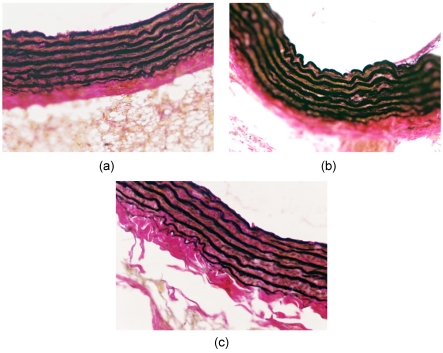
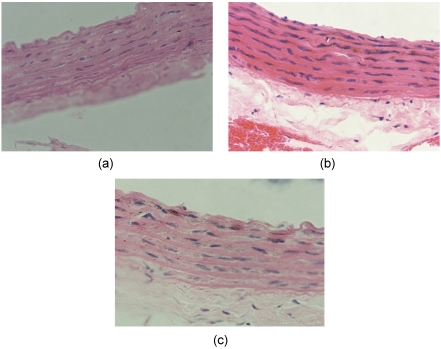
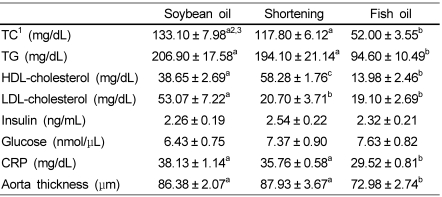
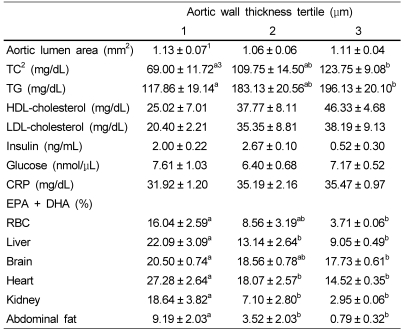




 PDF
PDF ePub
ePub Citation
Citation Print
Print


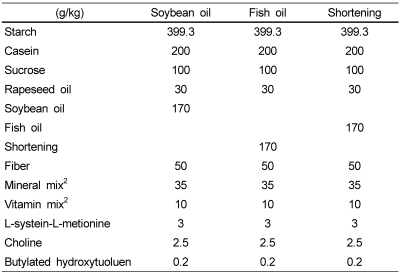
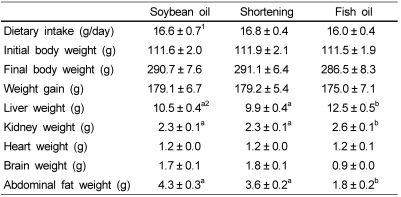

 XML Download
XML Download